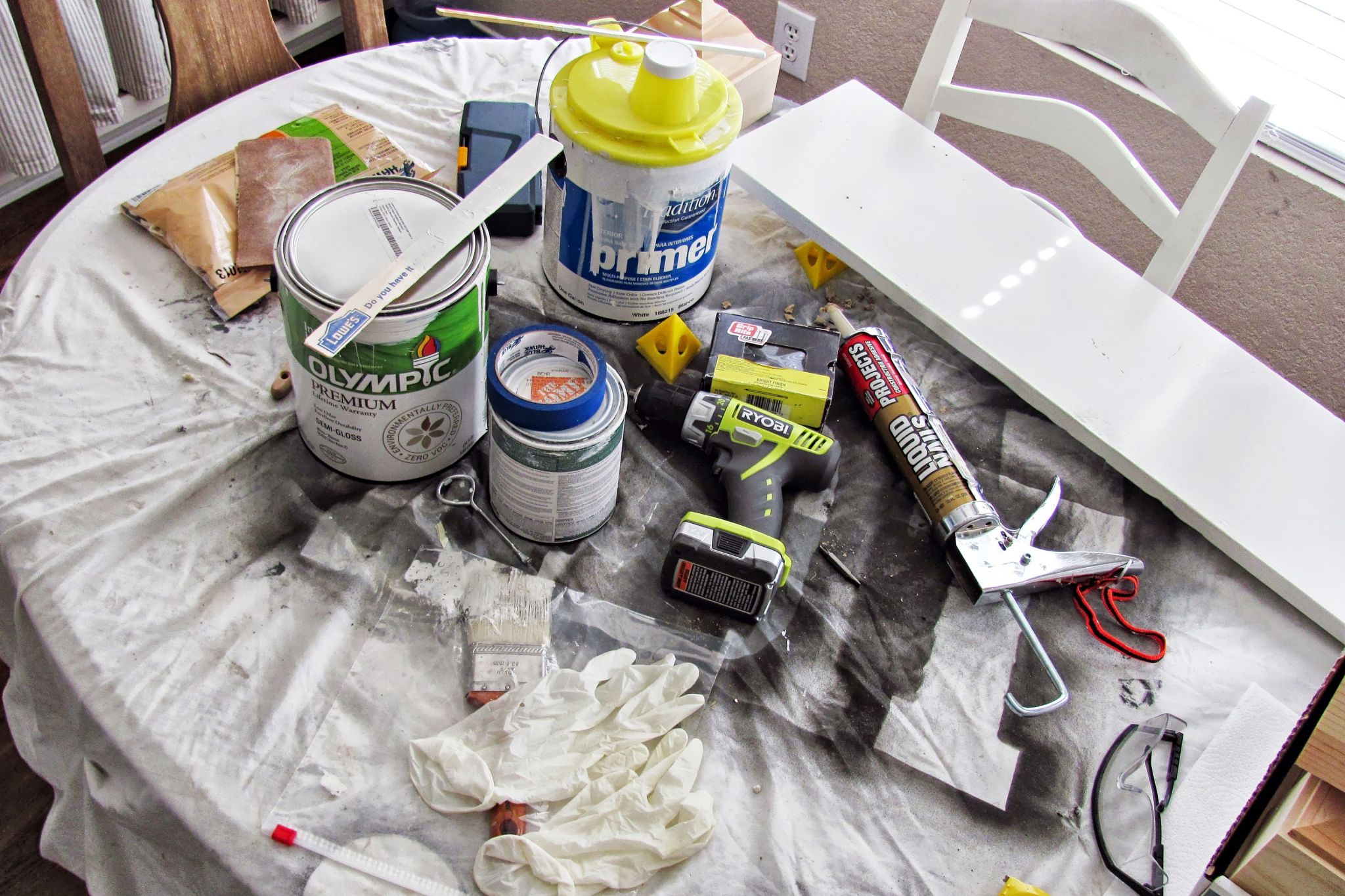Cringe at the thought of major repairs to your home? It’s the little preventative maintenance things you do throughout the year that’ll keep big repair bills at bay. Trust us — you want to be on intimate terms with your house.
The more familiar you are, the easier it is to spot potential trouble spots before they get out-of-hand — and expensive to fix.In fact, you can keep your entire house fit and healthy for a mere $300 per year. Read on to find out how.
1. Get Up Close and Personal with Your House
Annual cost: $0 to $10
You don’t have to be a pro inspector; just take the time to stroll around. A DIY inspection costs nothing — and could save you thousands. Look for:
Cracks in the foundation. Hairline cracks are fairly normal, but keep an eye on them and note if they’re getting larger. If so, your foundation may be settling unevenly. You can make a small mark with an indelible pen across the crack; over the next few months, if you notice the mark is moving apart, call in a foundation expert.
Proper soil grading. Foundation soil should slope away from foundation walls at least 6 inches in 10 feet. More is better.
Downspout extensions. They should reach at least 5 feet away from your house. A flexible extension is about $10.
Roof damage. Use a pair of binoculars to look for shingles that are curled, torn, or missing, and rust spots on flashing.
Shaggy bushes and tree limbs. Keep plants at least 3 feet away from your house. Branches can channel water right to your siding; during a windstorm, they may bang against your house and cause damage.
Branches near your roof are squirrel highways; trim them back to prevent critters from reaching your roof. You don’t want pests in your attic.
2. Make Caulk Your BFF
Annual cost: $24
Your home’s No. 1 enemy is water; your home’s best friend is caulk.
Cheap and easy to use, caulk seals openings and prevents water from getting inside your home, where lingering moisture causes rot and mold. Caulk seals air leaks that can rob you of precious heating and cooling energy.
As caulking ages, it may come loose as your house settles slightly. Every year, inspect window and door frames for cracked and missing caulk. Check around exterior dryer vents, hose bibs, and electrical wiring to make sure openings in your siding are sealed tight.
You won’t be caulking the whole enchilada — but bet on using three to four tubes of top-quality exterior acrylic latex caulk ($4 to $6 per 12-ounce tube) every year.
3. Give Your House a Facial
Annual cost: $0 to $32
As you make your inspection rounds, look for blemishes — chipped or peeling paint, small chips in stucco, and missing mortar between masonry. A little spot repair prevents moisture from doing more damage.
Keep paint in good repair and help your exterior paint job last longer by touching up chipped or peeling areas so water can’t penetrate. Keep a close eye on trim, porch columns, and stair railings. Annual cost: $16 for one quart of color-matched exterior latex paint.
Plug holes in stucco with pre-mixed latex stucco patching compound ($7 for a one quart tub).
Repair missing mortar using textured, masonry mortar repair compound ($3.50 for a five-ounce tube).
Clean your exterior. All types of siding benefit from an annual cleaning to remove dirt and grime. Use buckets of warm, soapy water (1/2 cup of trisodium phosphate -- $4.95 for a one pound box -- dissolved in one gallon of water) and a soft-bristled brush attached to a long handle. Or, use a homemade green cleaner from 1/2 cup baking soda dissolved in one gallon warm water.
4. Coddle Your HVAC
Annual cost: $50 to $164
Change furnace filters. Have you looked at them lately? They’re filthy! They’re cutting down on your heating and cooling efficiency and making your furnace fan work overtime trying to push air through stuffed-up filters. Keep allergy-causing dust to a minimum and give your furnace a break with regular HVAC maintenance that includes changing your high-quality filters every three to four months.
Get an HVAC tune-up. For this annual HVAC maintenance chore, bring in a pro to clean out furnace parts and recharge your refrigerant levels. Signing a contract for an annual inspection lowers cost per visit.
5. Show Your Water Heater a Little TLC
Annual cost: $0
Remove sediment and gunk in the bottom of the tank by hooking a garden hose to the drain valve and draining the tank until the water runs clear. That helps your water heater warm up quickly and more cheaply.
Test the pressure relief valve by quickly opening it two or three times (catch the spillage in a small bucket). After testing, watch for any leaks from the valve.
6. Clean Your Gutters
Annual cost: $0
Clogged rain gutters cause overflows that damage siding and soak the soils around your foundation. That mean foundation problems that lead to expensive repairs. Clean your gutters at least twice each year to remove clogs and debris. Like you didn’t know that!
Related: Home Maintenance For People With Better Things to Do
